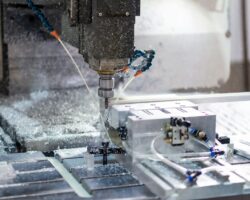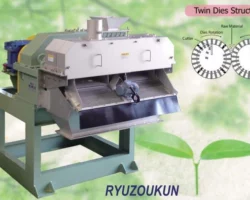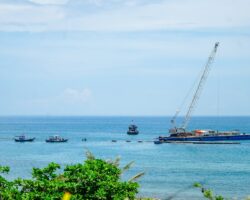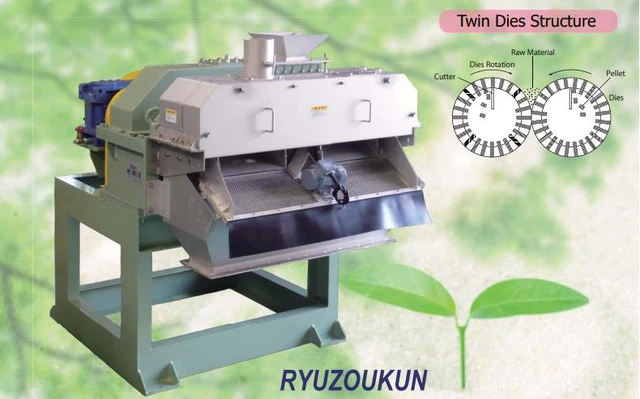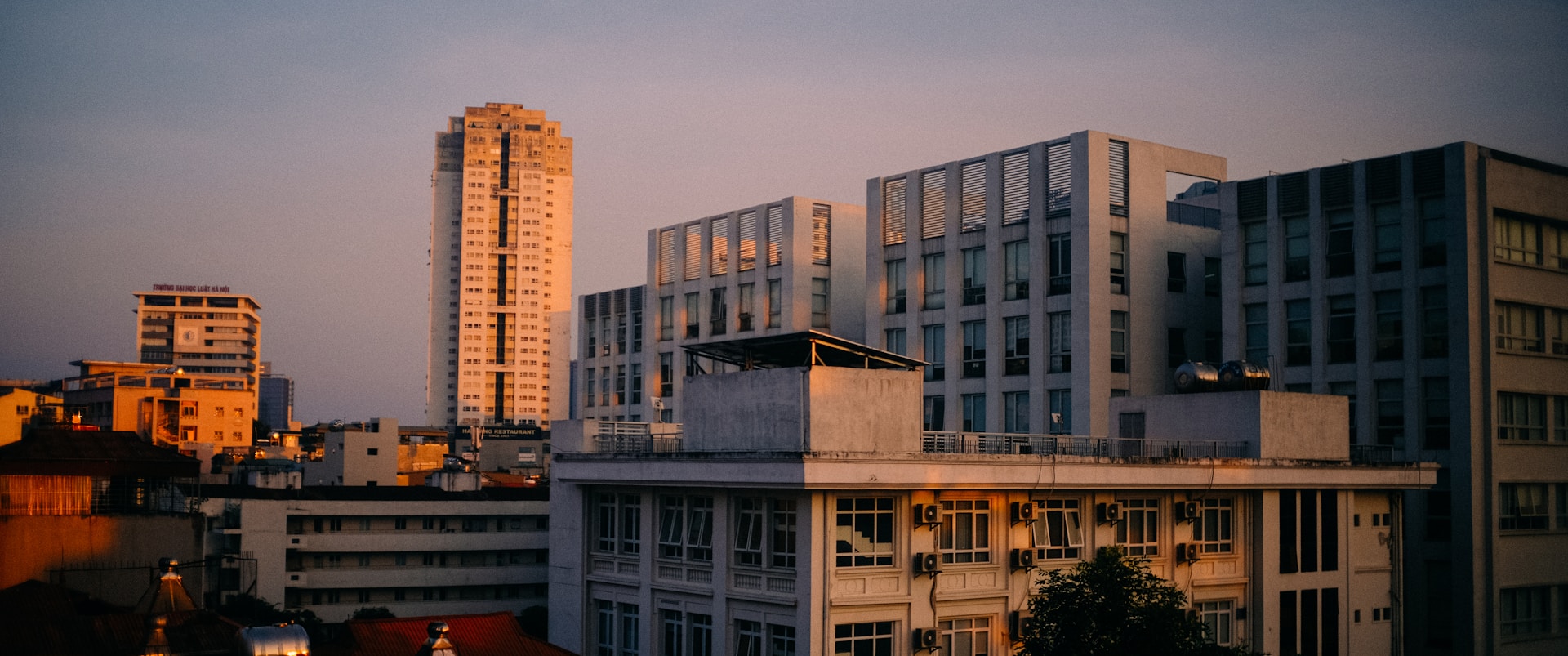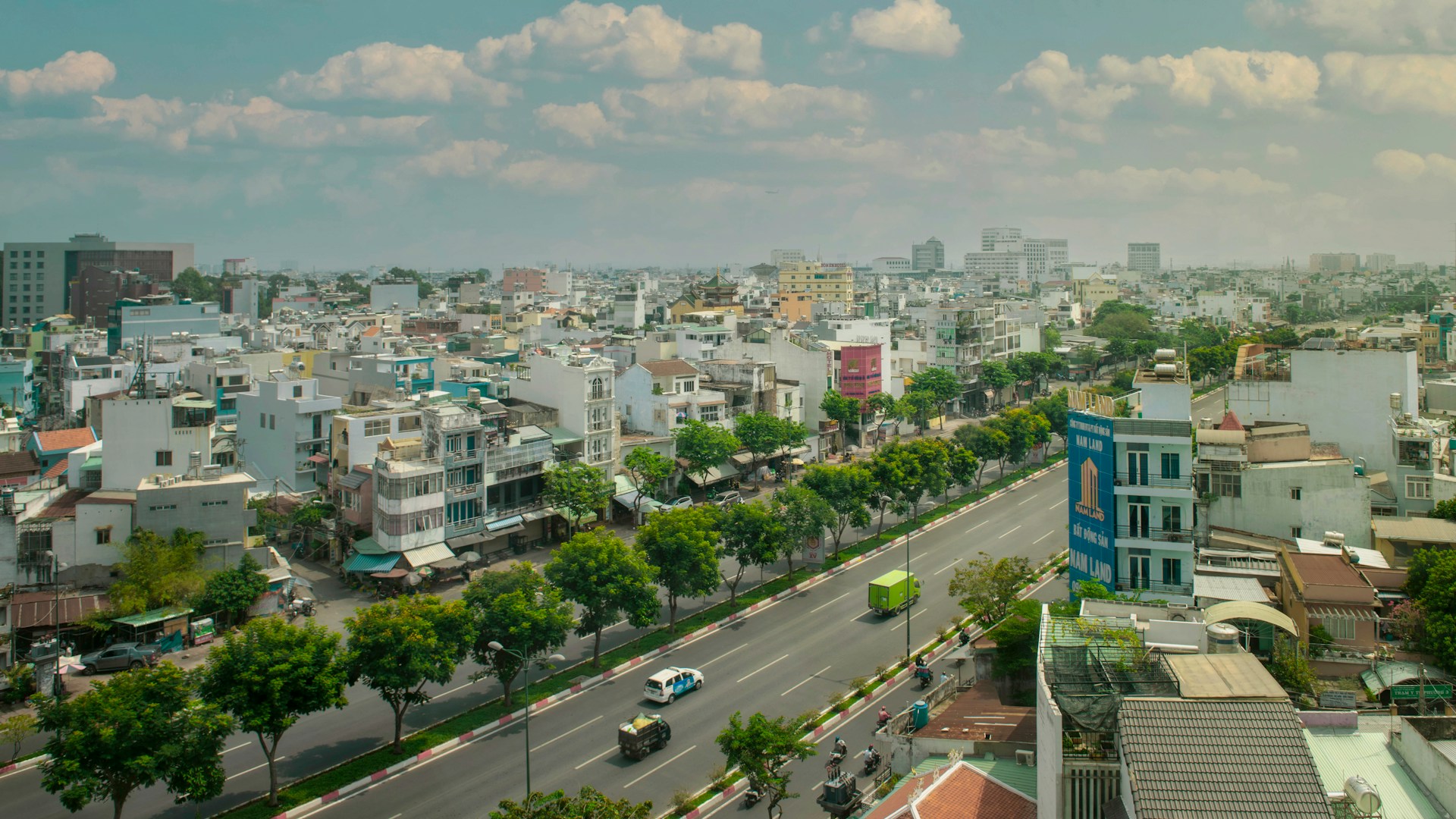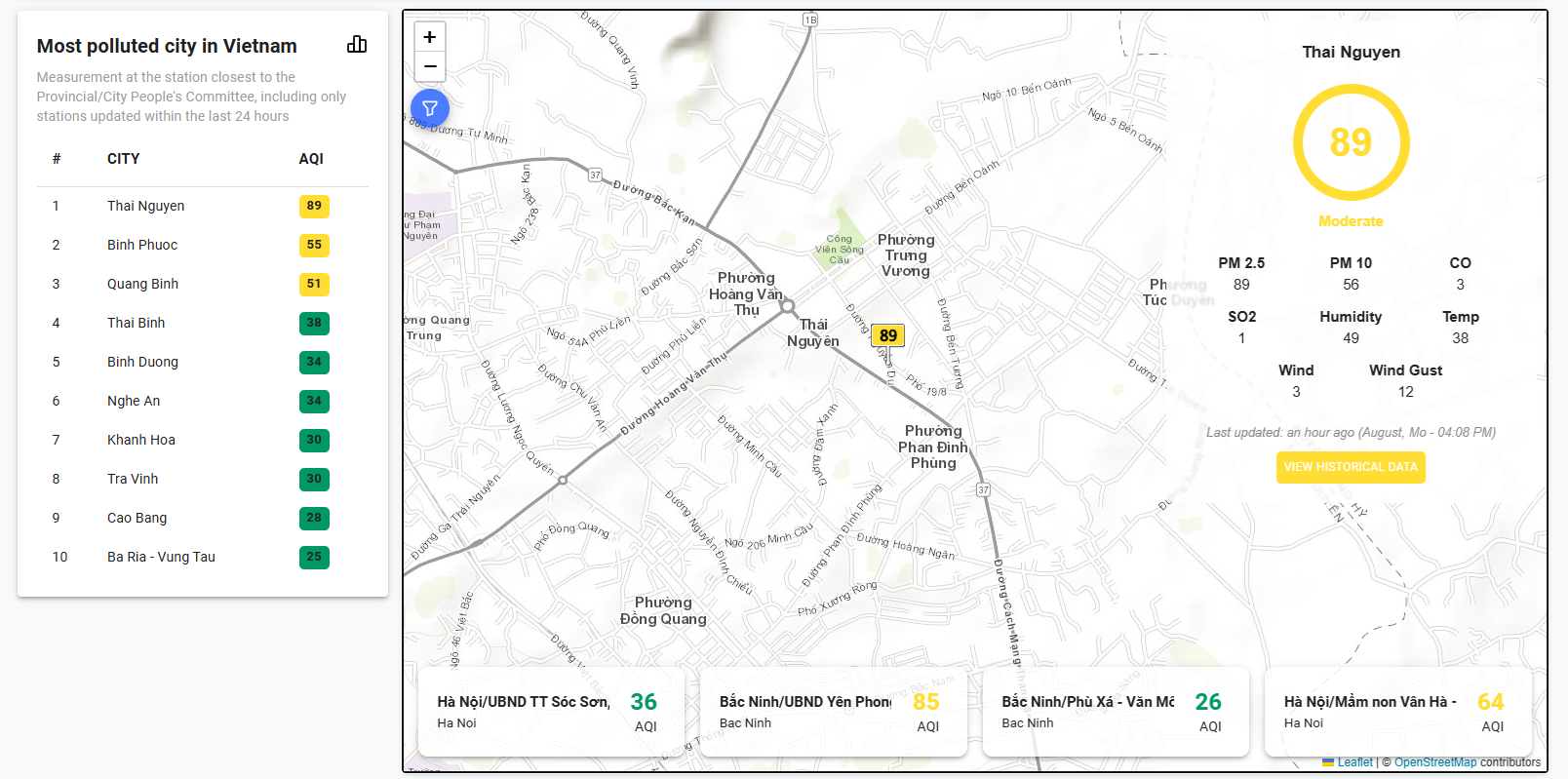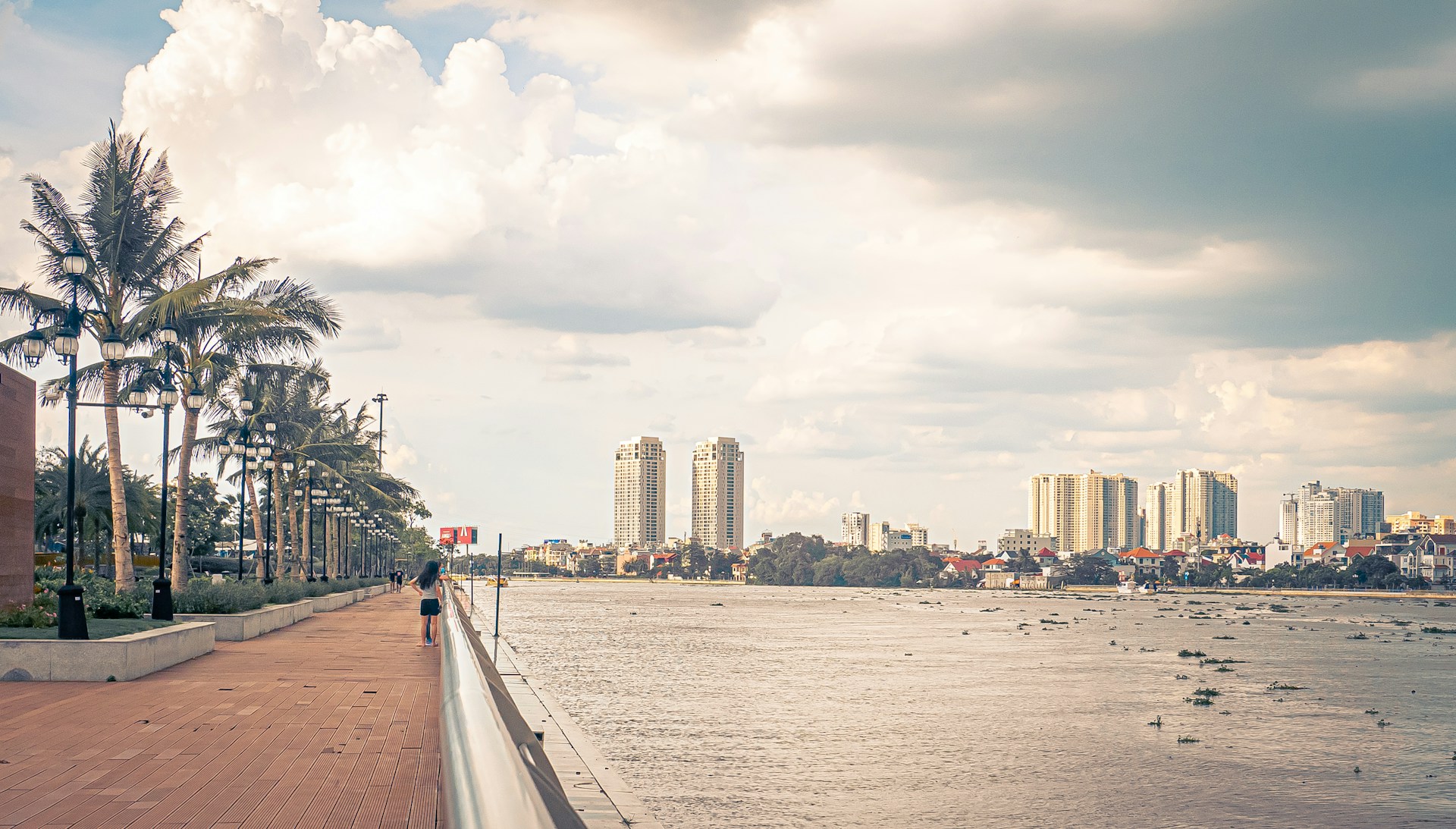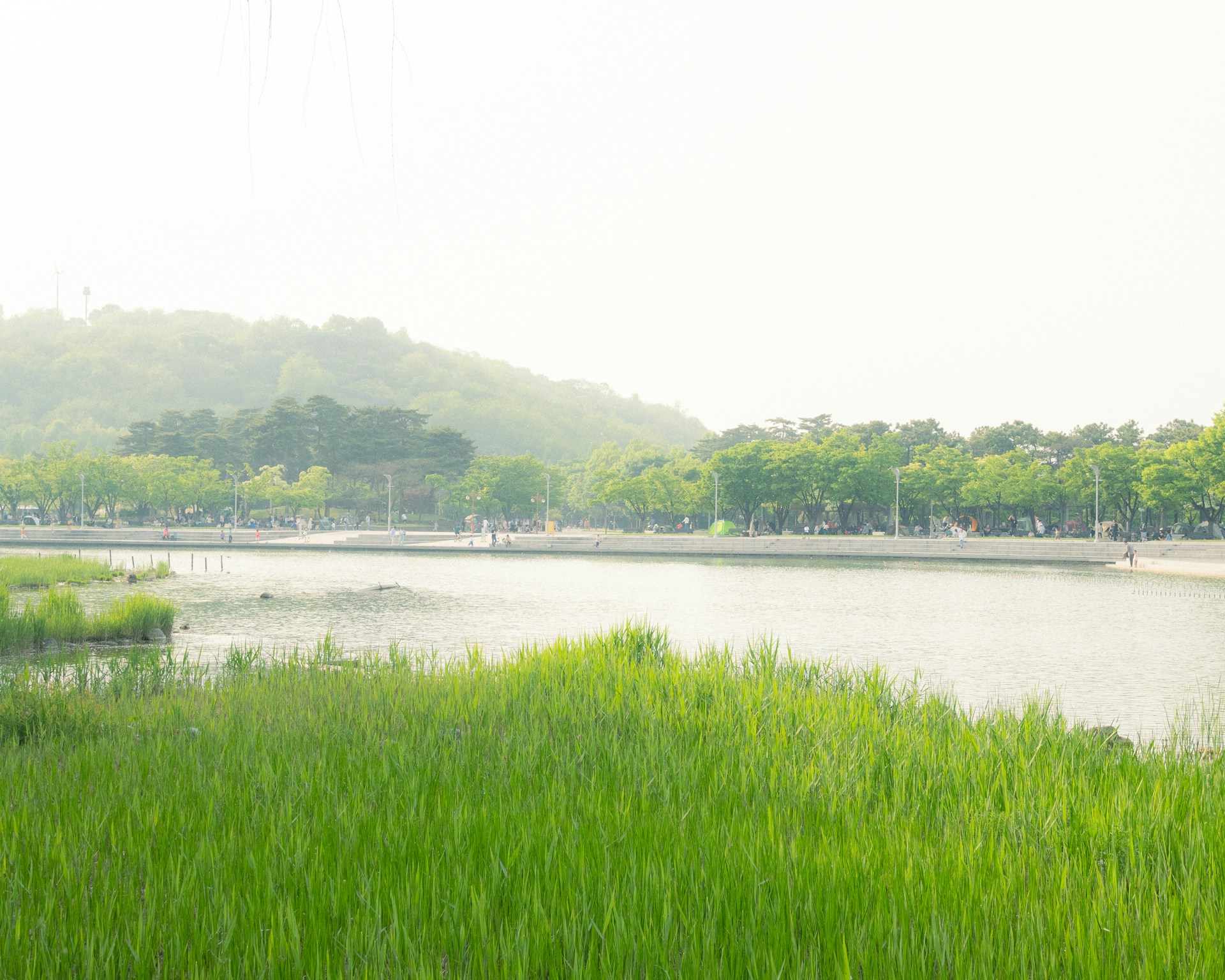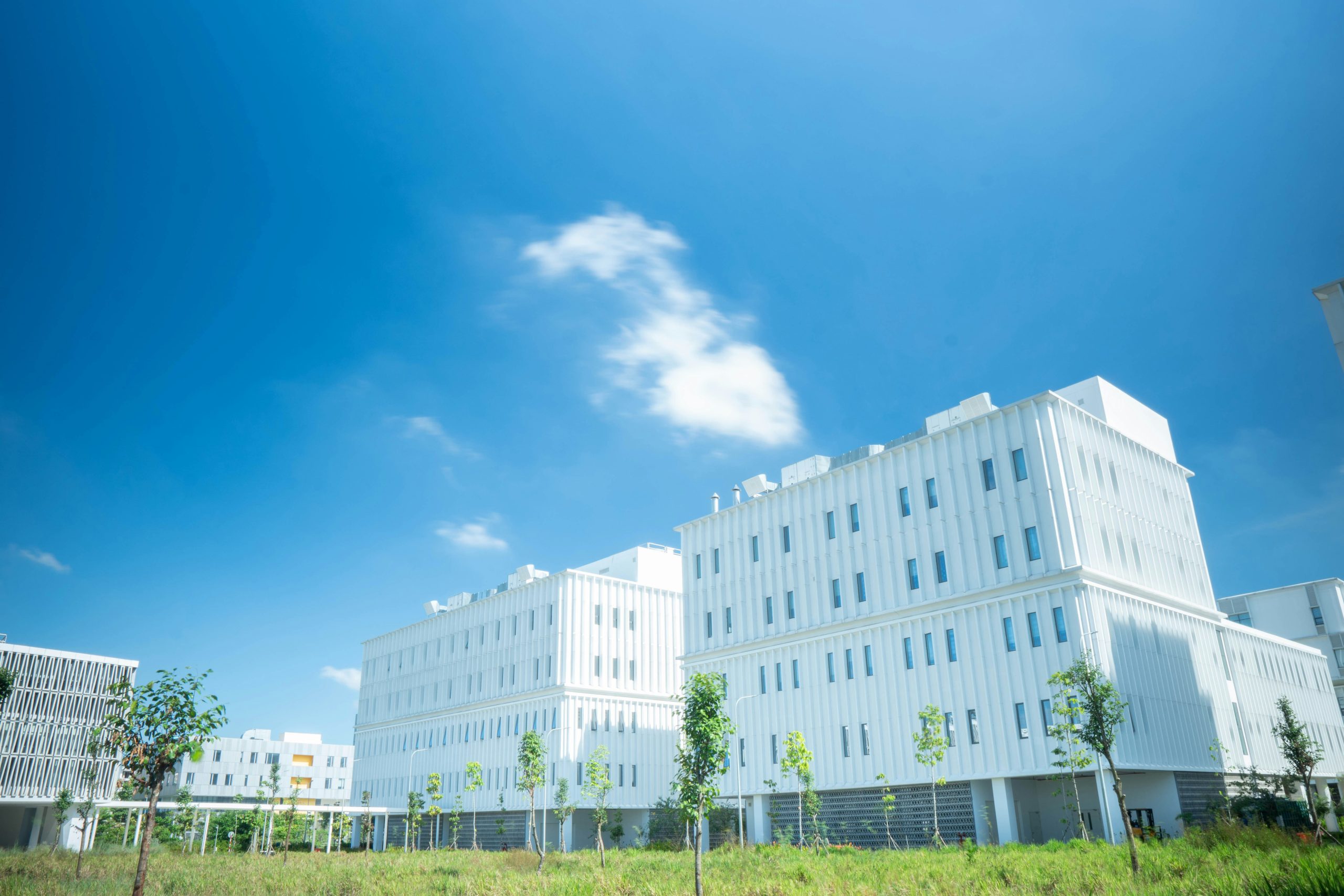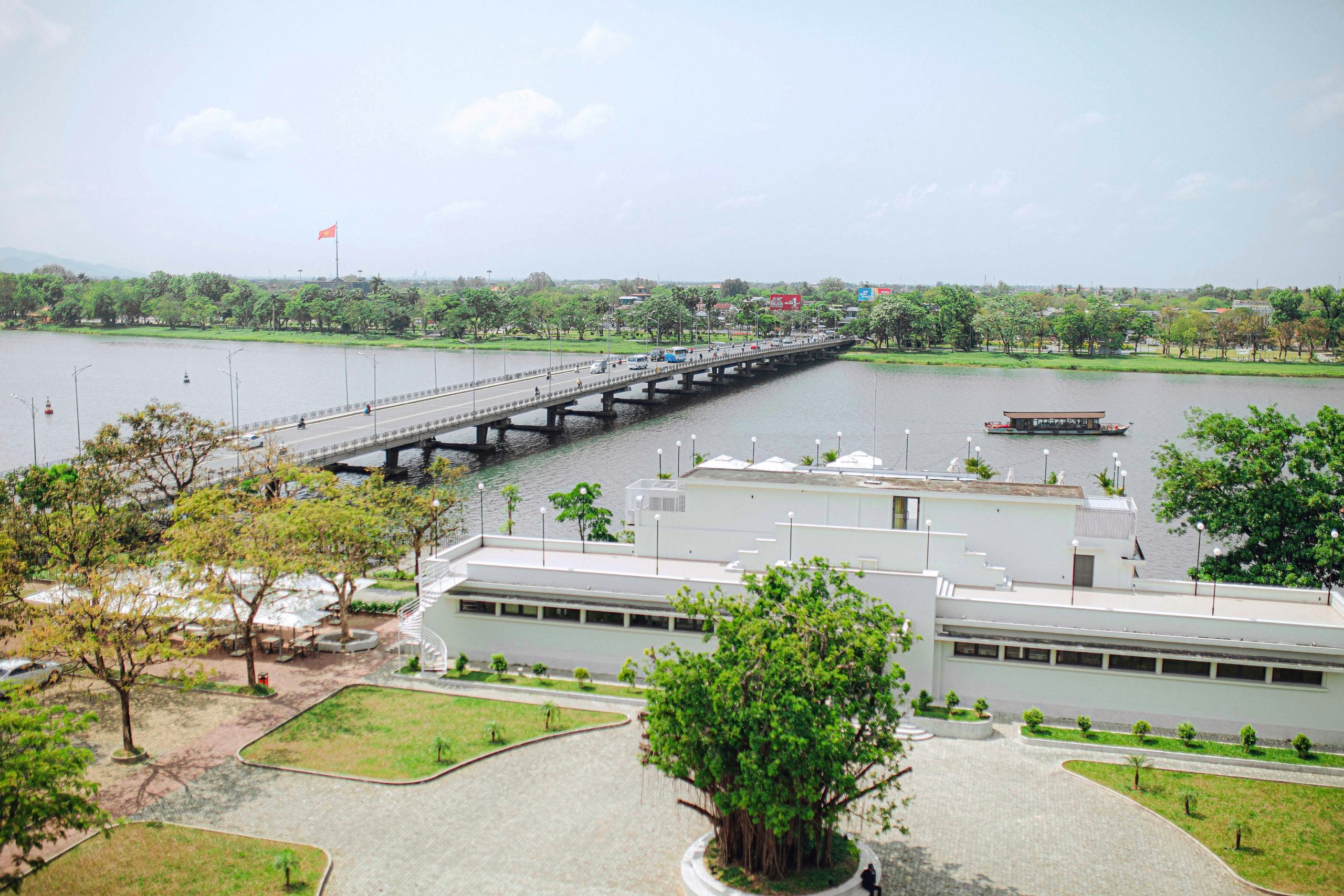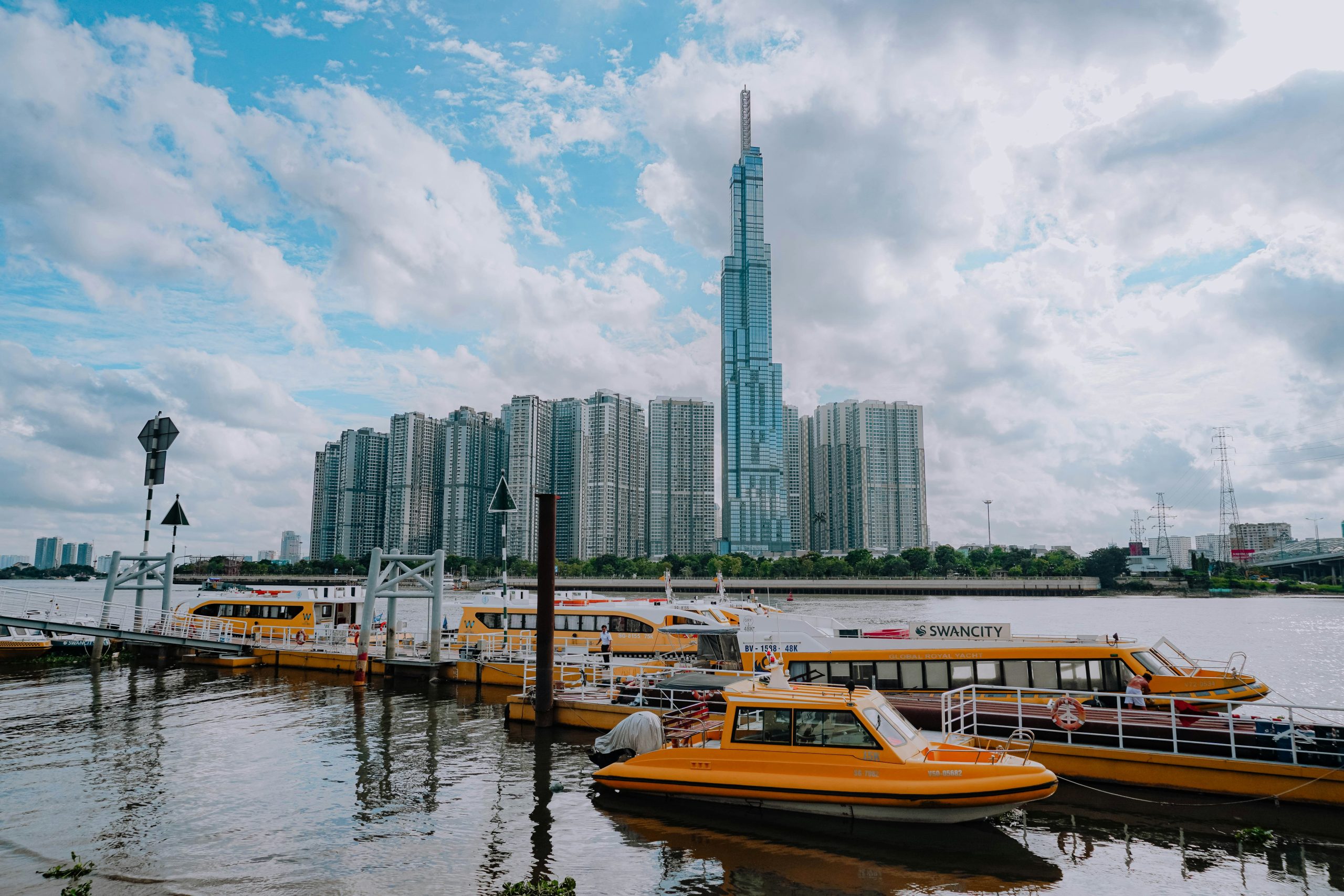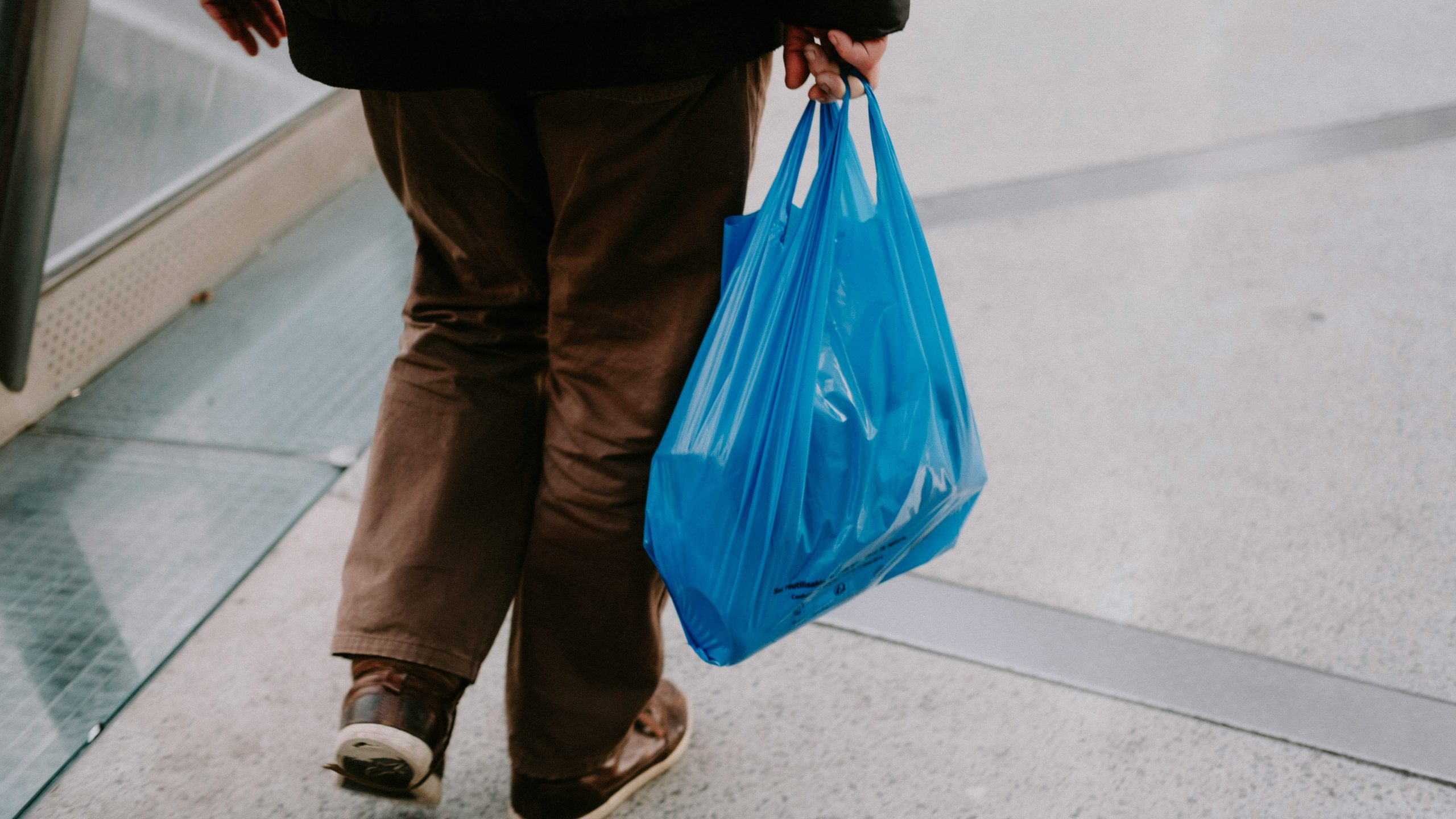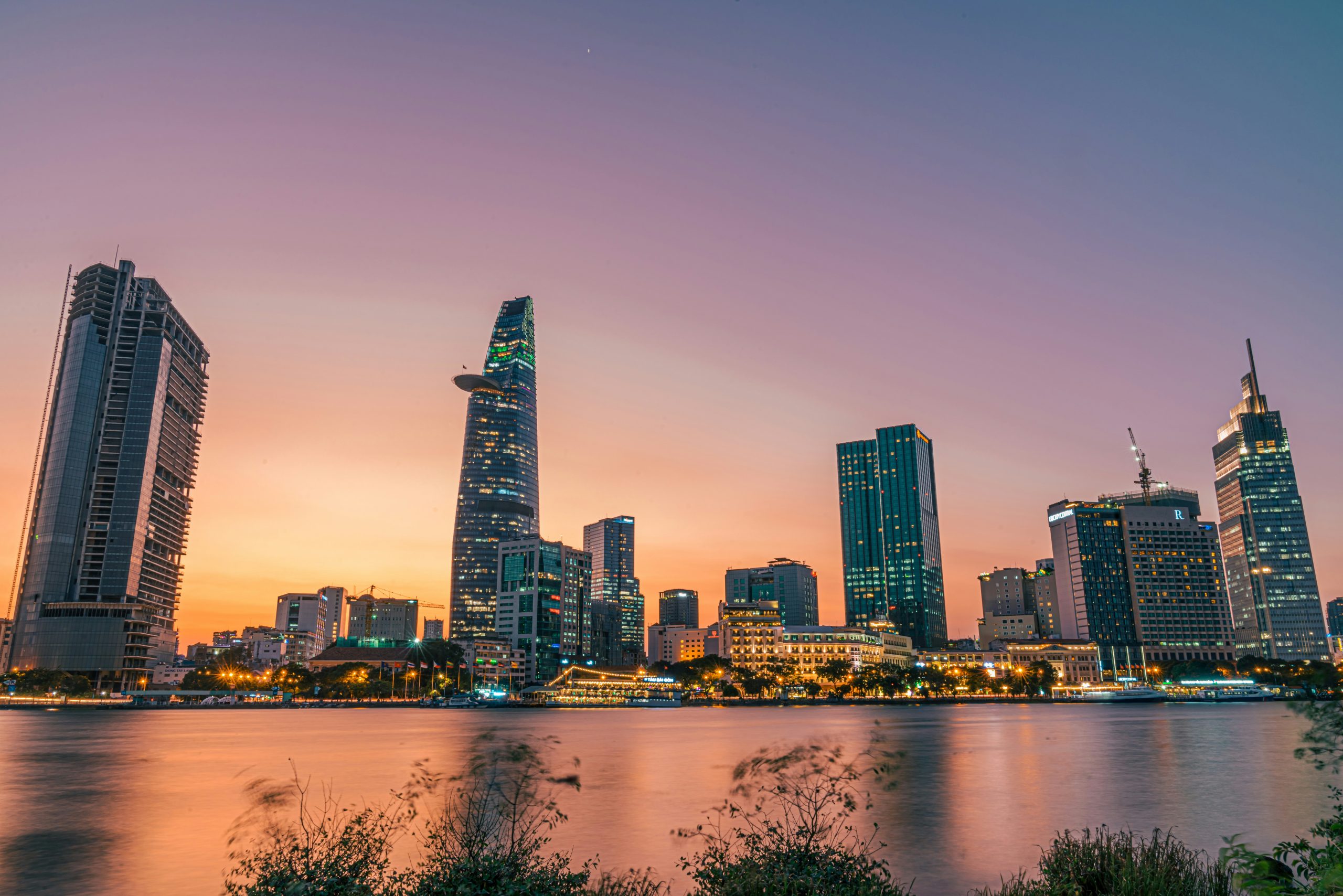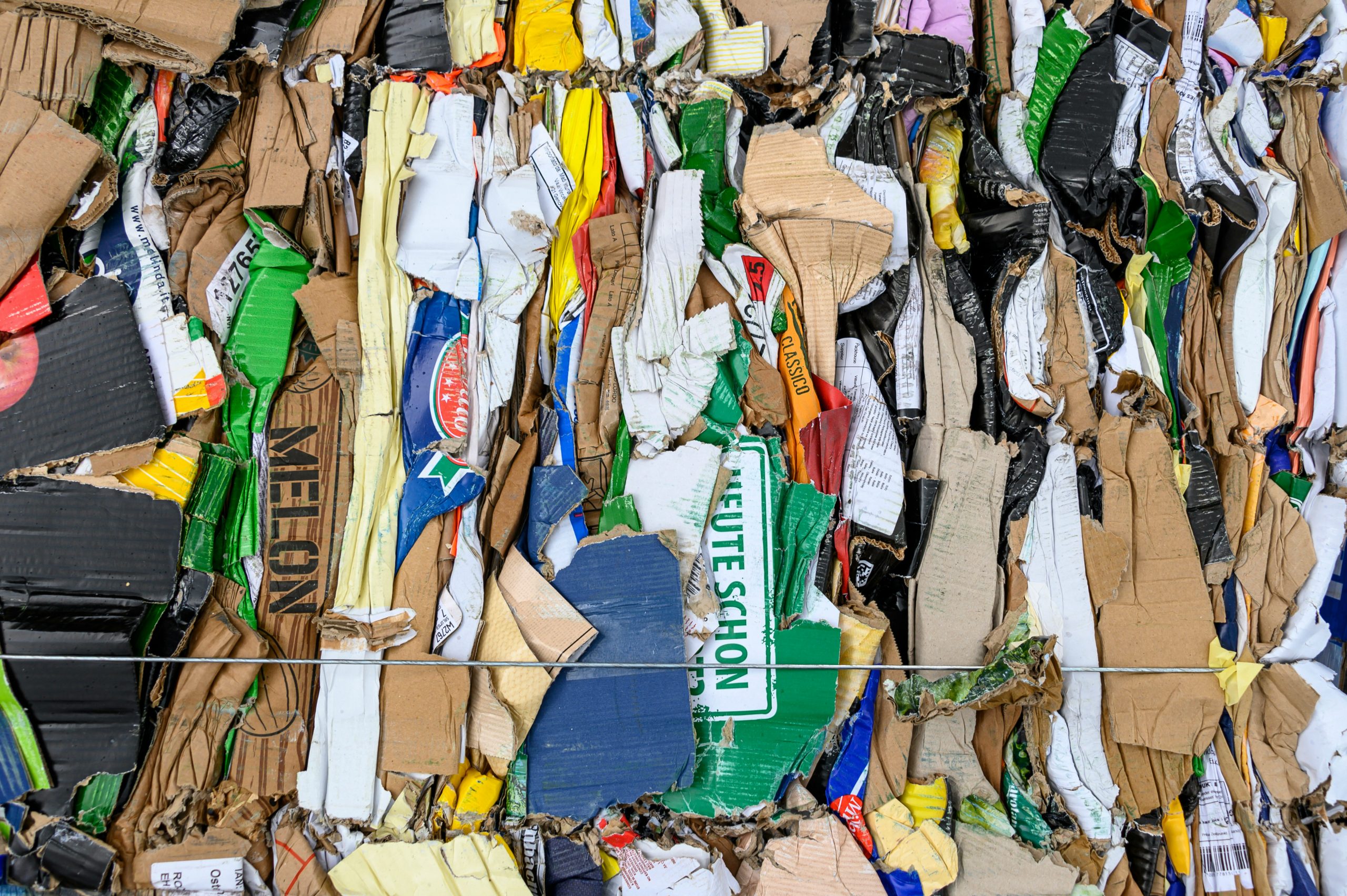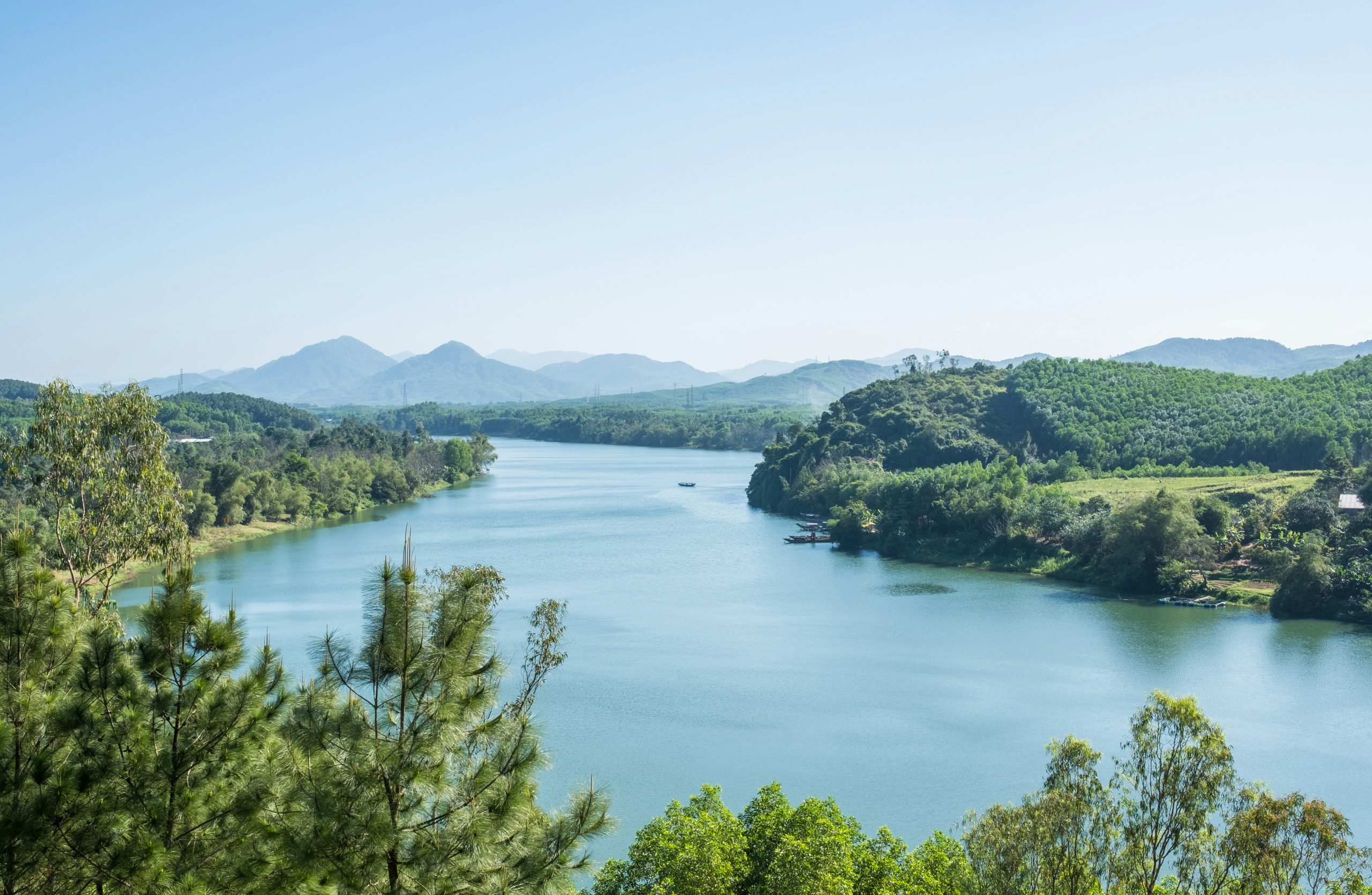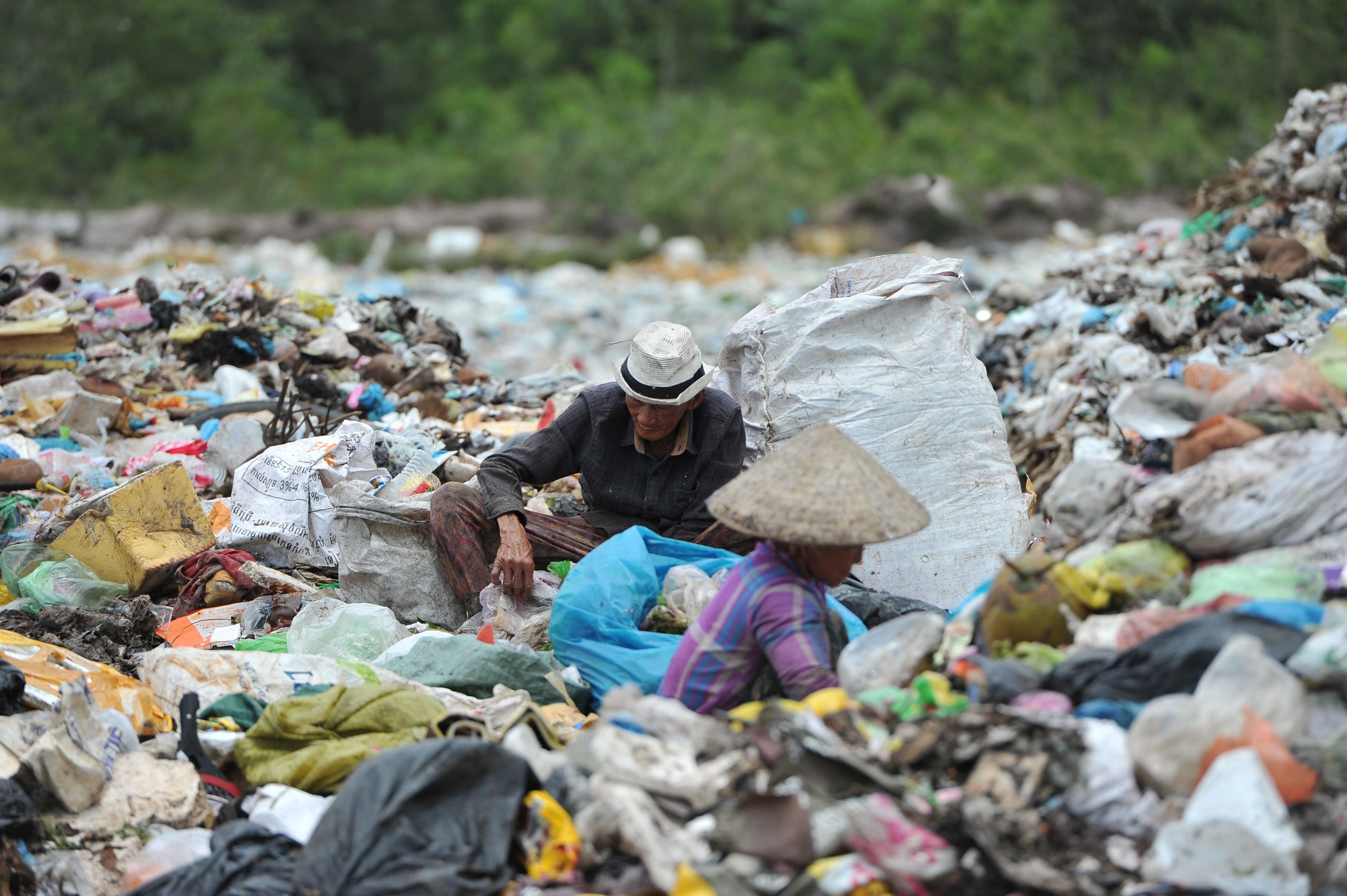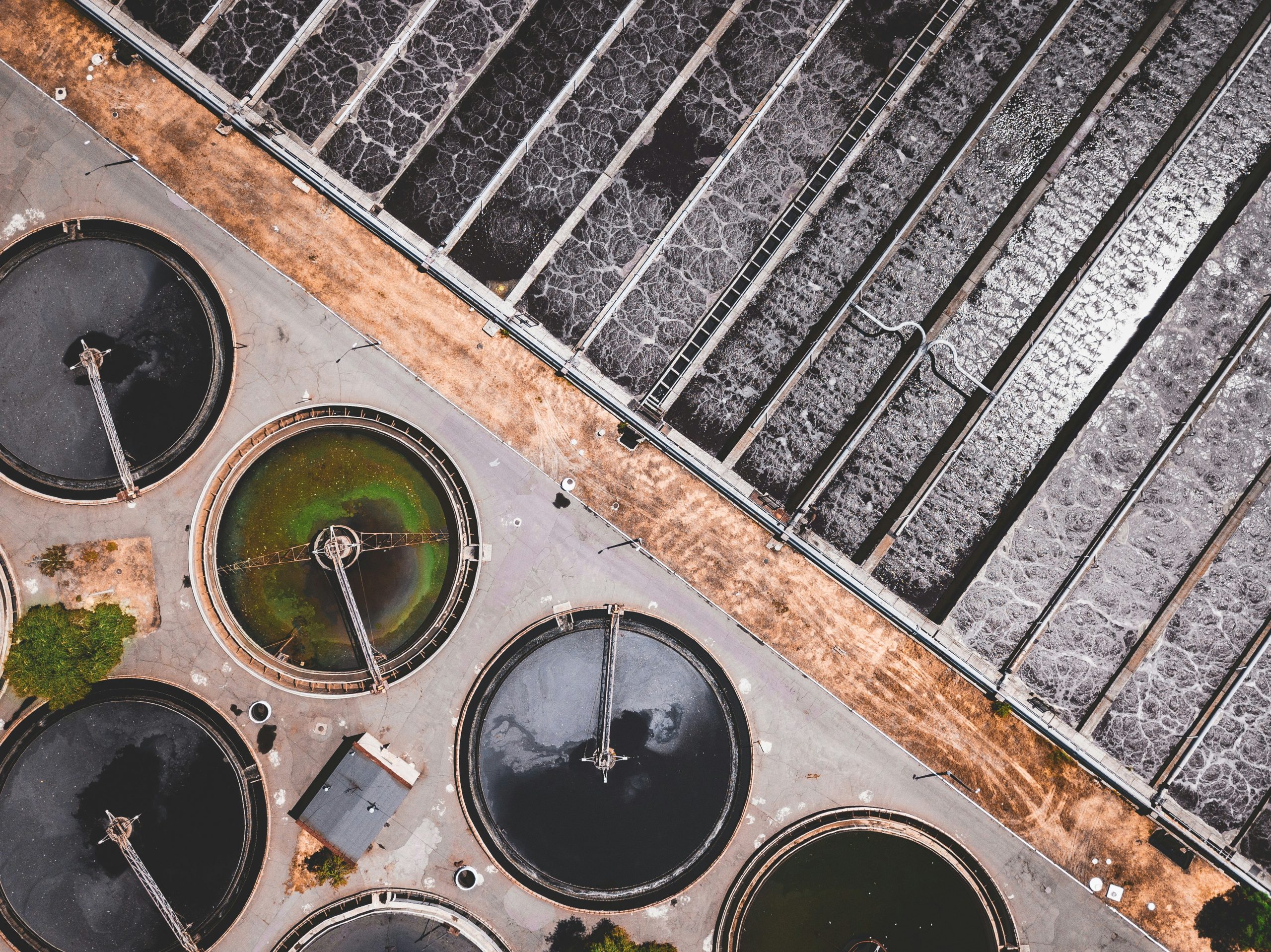
06Dec2024
Industry Reviews / Latest News & Report
Comments: No Comments.
Overview of wastewater treatment situation in Vietnam
Vietnam currently ranks among the top 30 countries generating the largest volumes of wastewater worldwide[1]; however, only a small fraction of this wastewater is treated before being discharged into the environment. According to Vietnam Water Supply and Sewerage Association (VWSA), about 12 million cubic meters of wastewater are generated across the country daily, with up to 87% released untreated into the environment[2].
Wastewater treatment landscape in Vietnam is primarily divided into two main categories: domestic wastewater[3] and industrial wastewater.
Regarding industrial wastewater, significant progress has been made in managing wastewater in industrial zones and export processing zones, where approximately 92% of active zones had established centralized wastewater treatment systems by 2023. Most of these systems are equipped with automatic wastewater monitoring. However, wastewater treatment in industrial clusters and craft villages remains a major challenge. Only 17.2% of industrial clusters and 16% of craft villages have proper wastewater treatment systems[4]. This low adoption rate is largely due to the prioritization of production over environmental concerns within craft villages. Furthermore, there are substantial barriers to establishing treatment systems in these areas, including poor rural infrastructure and limited space, as most craft households operate within residential land.
On the other hand, limited investment in infrastructure and inadequate treatment facilities have hindered domestic wastewater management in Vietnam. The urban drainage system currently meets only 60% of demand, and many drainage networks are not connected to centralized treatment facilities, resulting in low efficiency[5]. Additionally, the common practice of combining drainage for wastewater and rainwater reduces the effectiveness of urban wastewater treatment projects.
Natural methods—such as filtration fields, flooded filtration sites, and biological ponds—are commonly applied to treat wastewater from small-scale sources, including households, eco-tourism sites, and rural areas, as they require large, open land areas. Engineered systems, on the other hand, incorporate mechanical, physical, chemical, and biological methods, which can be flexibly combined to enhance treatment efficiency and meet environmental standards prior to discharge.
Given the fragmented infrastructure in domestic wastewater treatment in Vietnam, decentralized treatment solutions like Johkasou (“advanced septic tanks” widely used in Japan) offer promising potential in the Vietnamese market. Johkasou systems are particularly suitable for small- and medium-scale applications, such as villas, households, apartment complexes, hotels, and restaurants, especially in areas lacking centralized treatment facilities.
According to the Johkasou System Association, as of December 2020, there were 1,325 Johkasou units installed in Vietnam, with around half being small-scale systems (5 PE units) [6]. In addition to Japanese manufacturers, Vietnamese companies have started producing and selling similar Johkasou-inspired products, reflecting a growing demand for decentralized wastewater treatment solutions that provide higher performance than traditional septic tanks.
Private sector participation in the wastewater treatment
The Vietnamese government has been developing policies to encourage private sector participation in wastewater treatment, offering various incentives such as tax incentives, land use benefits, and financial risk-sharing models in public-private partnership (PPP) projects. However, significant challenges remain in attracting private investment from both domestic and foreign companies, primarily due to an unattractive financial model. Input expenses are high and subject to market fluctuations, while there is no clear structure for pricing output, which remains regulated by state agencies. Consequently, the current pricing model barely covers operational costs for supply and drainage companies, providing little incentive for investment in quality improvement solutions.
In case of Johkasou technology, scaling this product widely in the Vietnamese market also remains a pressing challenge due to factors such as lacking regulatory framework, technological dissemination barriers, and limitation in financial investment. While post-installation operation and maintenance (O&M) services are critical for Johkasou technologies, the absence of regulatory standards and monitoring systems makes it challenging to maintain consistent performance. Additionally, high installation costs, especially due to importing equipment from Japan, further restrict its application in economically disadvantaged areas.
Future opportunities for wastewater treatment companies
Despite the aforementioned challenges, the situation of sector demand and the high priority placed by Vietnam government on wastewater management for achieving the 2030 Sustainable Development Goals suggest a promising outlook for companies investing in both domestic and industrial wastewater treatment solutions.
In line with this, the government has tightened regulations on industrial wastewater treatment, driving greater investment in technology and infrastructure. Projects like the drainage and wastewater treatment upgrades in major cities, including Ho Chi Minh City and Hanoi, representing the state support for these initiatives.
The high demand for investment in infrastructure and technology, along with calls from stakeholders to improve unfavorable pricing policies, suggests potential positive changes in the revenue models of water supply and drainage projects. Solutions that address the lack of synchronized treatment infrastructure, such as Johkasou technology, are particularly appealing due to their convenience and space efficiency.
To sum up, Japanese companies may consider investment opportunities in Vietnam’s wastewater treatment sector to help address existing demand gaps. Potential areas of intervention include technology transfer and equipment supply for centralized wastewater treatment plants (covering urban domestic wastewater and industrial wastewater from industrial clusters and craft villages), promoting decentralized domestic wastewater treatment systems, and offering specialized treatment technologies for complex hazardous waste in industries such as metallurgy, mineral extraction, ship dismantling, and paper and pulp production.
[1] Environmental Journal (2023), Experiences in Wastewater Reuse in Developed Countries and Industrial Wastewater Recycling Technology in Vietnam. <Access>
[2] Vietnam Economic Times (2023), Over 10 million cubic meters of untreated wastewater are discharged into the environment daily. <Access>
[3] Domestic wastewater is wastewater discharged from human activities such as eating, drinking, bathing, and personal hygiene
[4] Ministry Of Natural Resources And Environment (2021), National Environmental Status Report for the 2016-2020 Period. <Access>
[5] Ministry Of Natural Resources And Environment (2021), National Environmental Status Report for the 2016-2020 Period. <Access>
[6] Japan International Cooperation Agency (2022), Johkasou System in Vietnam. <Access>
| B&Company, Inc.
The first Japanese company specializing in market research in Vietnam since 2008. We provide a wide range of services including industry reports, industry interviews, consumer surveys, business matching. Additionally, we have recently developed a database of over 900,000 companies in Vietnam, which can be used to search for partners and analyze the market. Please do not hesitate to contact us if you have any queries. info@b-company.jp + (84) 28 3910 3913 |
Read other articles
- All
- Agriculture
- AI
- Apparel
- Business Matching
- Economic
- Energy
- Environment
- Exhibition
- Food & Beverage
- Healthcare
- Investment
- Lifestyle
- Logistics & Transportation
- M&A
- Manufacturing
- Personal care
- Retail & Distribution
- Trade





